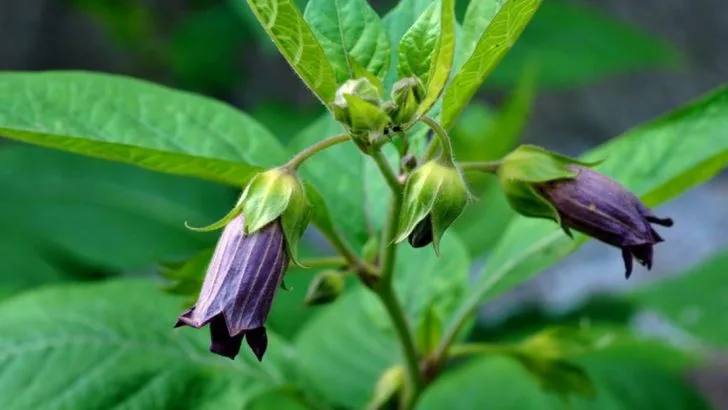Beautiful but dangerously deceptive, Deadly Nightshade (Atropa belladonna) is one of the most toxic plants you can encounter in a garden or wild setting. With its glossy black berries and soft, bell-shaped flowers, it might appear harmless—but even a small amount can pose serious health risks to humans and animals alike.
In this guide, you’ll learn how to identify belladonna, understand its toxic properties, and most importantly, how to safely remove it from your yard. Whether you’re protecting curious children, pets, or your own peace of mind, knowing what you’re dealing with is key.
Toxicity of Deadly Nightshade
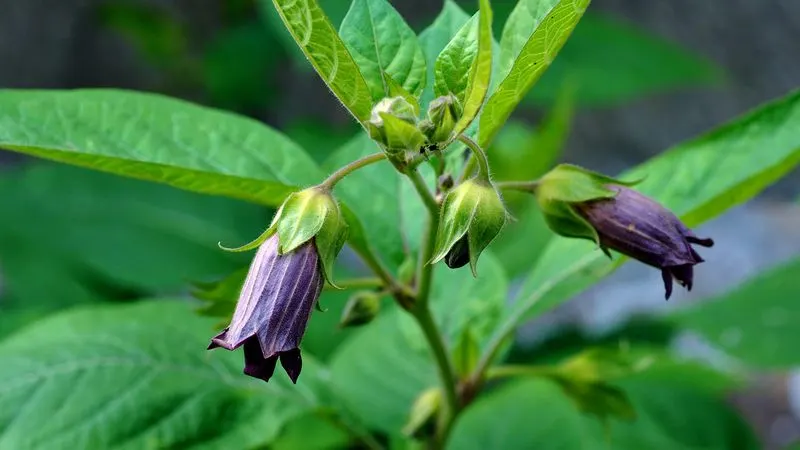
Known for its lethal alkaloids, Deadly Nightshade is a plant that demands respect and caution. Even a small dose can cause severe poisoning, making it crucial to handle with care. The plant’s berries, often mistaken for edible fruits, are particularly dangerous due to their attractive appearance and high toxicity levels. Historically, Belladonna has been used in various poisons, reflecting its potent nature. The symptoms of poisoning include dilated pupils, increased heart rate, and hallucinations. Learning to recognize and avoid this plant is vital for anyone venturing into areas where it grows wild.
Appearance of Belladonna
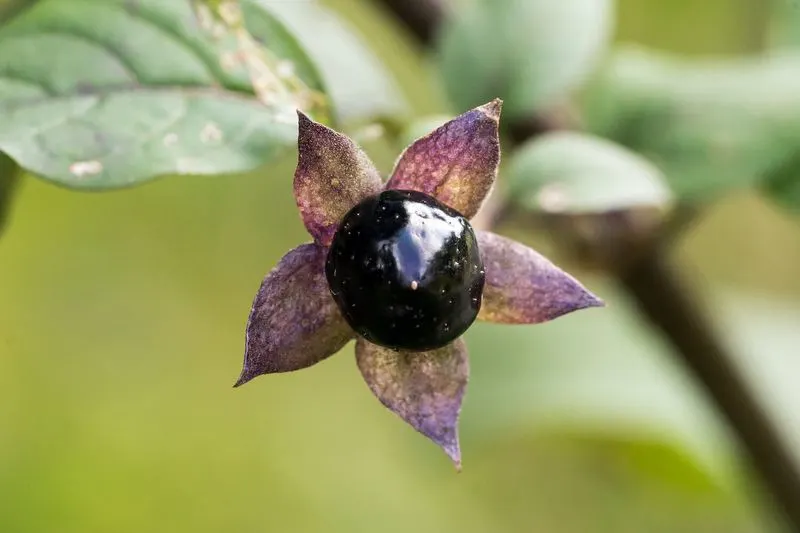
The beauty of Belladonna is deceiving, with its alluring purple flowers and glossy black berries. Growing up to five feet tall, its presence is both majestic and ominous. Found in woodlands and wastelands, the plant’s leaves are elliptical and dark green, complementing the vibrant blooms. The berries, resembling small cherries, are a visual treat but a hidden threat. Often depicted in folklore and art, Belladonna’s appearance is as enchanting as it is perilous. For nature enthusiasts, recognizing its distinctive features is essential to avoid unwelcome encounters.
Safe Removal Techniques
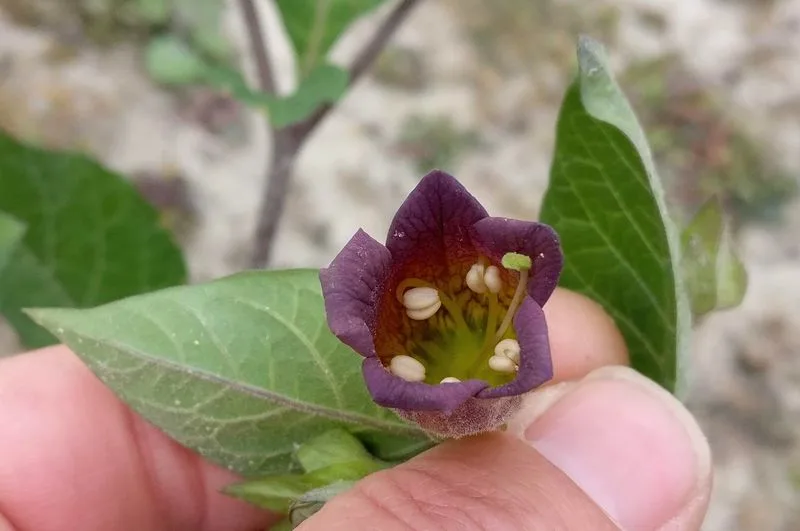
Removing Deadly Nightshade requires precision and safety measures to prevent accidental poisoning. Wearing protective gloves and using appropriate tools is essential when dealing with this toxic plant. Start by carefully digging around the root system, ensuring no remnants are left behind. Disposal should be done responsibly, keeping the plant away from children and pets. In some regions, professional removal might be advisable, especially if the plant is widespread. For gardeners, understanding safe removal techniques not only protects their space but also contributes to overall community safety.
Historical Uses in Medicine

In medieval times, Belladonna played a controversial role in medicine. Physicians used its extracts for pain relief and muscle relaxation. The plant’s potent properties demanded careful handling.
Despite its dangers, it was prized for its effectiveness in small, controlled doses. However, misuse often led to poisoning. A curious fact is its use in eye drops by women to dilate pupils, enhancing beauty.
This risky practice was fashionable despite the potential for blindness. The dual nature of Belladonna as both a healer and a hazard highlights its intriguing history.
Ecological Impact
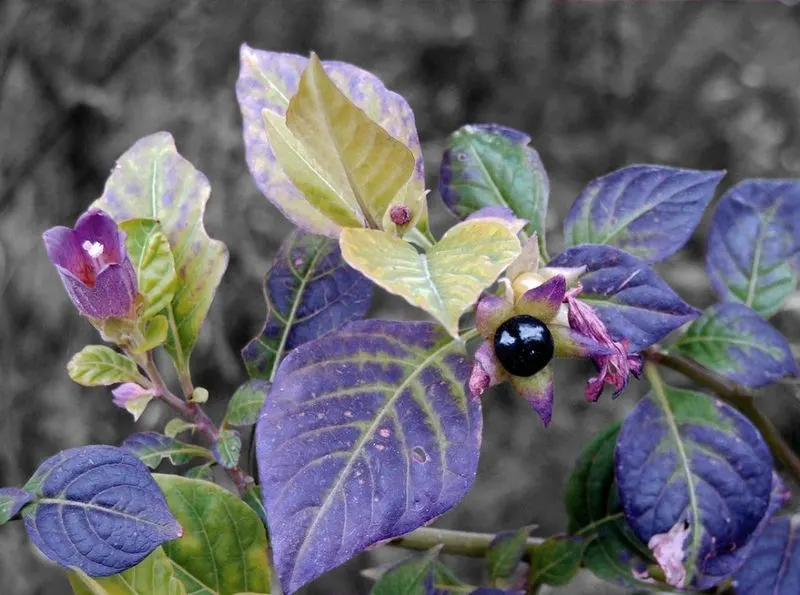
Deadly Nightshade significantly impacts its ecosystem. As a toxic plant, it naturally regulates animal populations. Animals that consume it often succumb to its effects, curbing overpopulation.
This mechanism, although harsh, maintains ecological balance. Interestingly, some species have adapted to tolerate its toxins, showcasing nature’s resilience.
These adaptations contribute to a complex web of survival strategies. Belladonna’s presence influences plant competition as well, often outcompeting less hardy species. Its role in the ecosystem is a testament to the delicate interplay between flora and fauna.
Cultural Symbolism
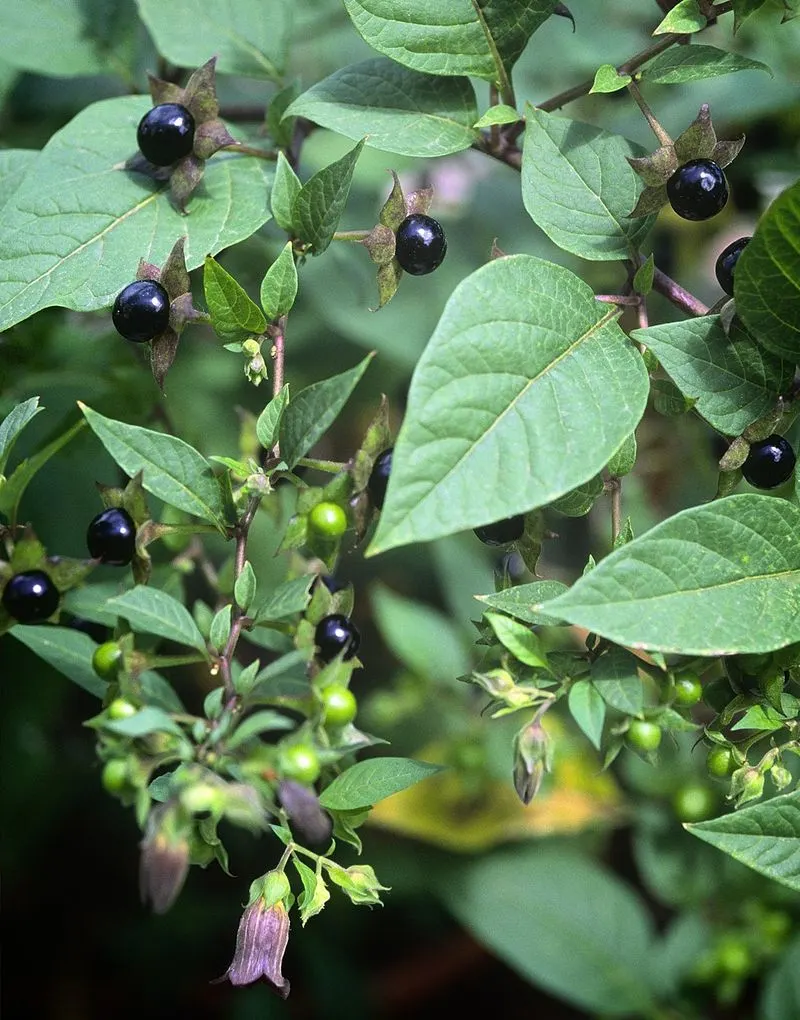
Belladonna holds a mysterious place in cultural lore. Its name means ‘beautiful lady’ in Italian, hinting at its allure despite the danger.
Artists and writers have long been fascinated by its duality, using it as a symbol of beauty and peril in their works. This plant often appears in gothic literature, symbolizing forbidden knowledge or hidden dangers.
Its presence in folklore and art highlights human fascination with the unknown. The symbolism of Belladonna continues to inspire, serving as a powerful metaphor in creative expressions.

